When it comes to compact cars, the Kia Picanto and Toyota Yaris are two strong contenders. Each offers a unique blend of features, performance, and innovation tailored to modern drivers. In this article, we will delve into the technical aspects and innovative qualities of these two hatchbacks to help potential buyers make an informed choice.
Kia Picanto vs Toyota Yaris – Which car suits you better?
Everyday use, family trips or long-distance drives – here’s where the differences show.
Discover whether Kia Picanto or Toyota Yaris fits your lifestyle better.
The Body and Dimensions
Both vehicles feature a hatchback design, ideal for urban driving while providing versatility for everyday tasks. The Kia Picanto measures 3605 mm in length, 1595 mm in width, and 1485 mm in height, making it compact yet sufficiently spacious for a comfortable ride. In contrast, the Toyota Yaris is slightly larger, with dimensions of 3940 mm in length, 1745 mm in width, and 1500 mm in height. This extra size not only offers additional cabin space but also contributes to its road presence.
Powertrains and Performance
The Picanto is available with two petrol engine options: a 1.0L engine providing 63 HP and a 1.2L engine delivering 79 HP. It features a front-wheel-drive layout with a choice of either a manual or automatic transmission. Performance-wise, the Kia Picanto takes 15.6 seconds to reach 100 km/h with the lower-spec engine, while the 1.2L variant improves this to 13.1 seconds. Its top speed covers up to 159 km/h.
On the other hand, the Toyota Yaris shines with its hybrid options alongside traditional petrol engines. The hybrid version boasts a combined output of up to 116 HP from its 1.5L inline three-cylinder engine. The Yaris can sprint from 0-100 km/h in a brisk 9.7 seconds and reach a maximum speed of 175 km/h. Additionally, the Yaris offers an all-wheel-drive option, appealing to those in regions with diverse driving conditions.
Fuel Efficiency and Emissions
Fuel efficiency is a crucial aspect for many compact car buyers. The Picanto delivers commendable fuel consumption figures, ranging from 5.2 to 5.7 L/100 km, depending on the engine variant. The car's CO2 emissions range from 118 to 130 g/km, placing it in a CO2 efficiency class of D.
In contrast, the Toyota Yaris excels in this arena, especially in its full hybrid version, which can achieve fuel consumption as low as 3.8 L/100 km. CO2 emissions for the Yaris span from 87 g/km to 215 g/km, placing it in classes B to G, making it a more eco-friendly choice compared to the Picanto.
Interior and Comfort
Inside, the Kia Picanto provides seating for up to five occupants, featuring a well-organized dashboard and ample cargo space of 255 liters. While it may not boast premium materials, the Picanto is designed to be practical and user-friendly.
The Toyota Yaris accommodates five passengers as well but offers a more refined interior with better-quality materials and advanced technology. Its trunk space is slightly larger at 286 liters, making it more suitable for those needing extra luggage capacity. Additionally, the Yaris is equipped with a host of innovative features, including a comprehensive infotainment system and driver assistance technologies that enhance the driving experience.
Safety Features
Safety is paramount in today’s automotive landscape. The Kia Picanto is equipped with essential safety features, including multiple airbags, ABS, and stability control. However, it may lack some of the advanced assistance systems found in newer models.
In contrast, the Toyota Yaris boasts a more robust safety suite, incorporating Toyota’s Safety Sense technology, which includes adaptive cruise control, lane departure alert, and automatic emergency braking. This adds an extra layer of assurance for drivers and passengers alike.
Conclusion
Ultimately, the choice between the Kia Picanto and Toyota Yaris hinges on individual preferences and priorities. The Picanto serves as a compact, stylish urban vehicle with decent performance and efficiency, ideal for budget-minded consumers. Meanwhile, the Yaris elevates the driving experience with its hybrid options, superior fuel efficiency, innovative features, and robust safety systems. Both vehicles have their strengths, and a test drive will likely be the best way for buyers to determine which suits them better. Whether opting for the practicality of the Picanto or the innovation of the Yaris, both cars present strong options in the competitive hatchback market.
Here’s where it gets real: The technical differences in detail
Costs and Efficiency:
When it comes to price and running costs, the biggest differences usually appear. This is often where you see which car fits your budget better in the long run.
Kia Picanto has a significantly advantage in terms of price – it starts at 15300 £, while the Toyota Yaris costs 21900 £. That’s a price difference of around 6557 £.
Fuel consumption also shows a difference: Toyota Yaris manages with 3.80 L and is therefore convincingly more efficient than the Kia Picanto with 5.60 L. The difference is about 1.80 L per 100 km.
Engine and Performance:
Power, torque and acceleration are the classic benchmarks for car enthusiasts – and here, some clear differences start to show.
When it comes to engine power, the Toyota Yaris has a clearly edge – offering 280 HP compared to 68 HP. That’s roughly 212 HP more horsepower.
In acceleration from 0 to 100 km/h, the Toyota Yaris is significantly quicker – completing the sprint in 5.50 s, while the Kia Picanto takes 14.60 s. That’s about 9.10 s faster.
In terms of top speed, the Toyota Yaris performs noticeable better – reaching 230 km/h, while the Kia Picanto tops out at 162 km/h. The difference is around 68 km/h.
There’s also a difference in torque: Toyota Yaris pulls significantly stronger with 390 Nm compared to 96 Nm. That’s about 294 Nm difference.
Space and Everyday Use:
Whether family car or daily driver – which one offers more room, flexibility and comfort?
Both vehicles offer seating for 5 people.
In curb weight, Toyota Yaris is hardly perceptible lighter – 1090 kg compared to 1124 kg. The difference is around 34 kg.
In terms of boot space, the Toyota Yaris offers slightly more room – 286 L compared to 255 L. That’s a difference of about 31 L.
In maximum load capacity, the Kia Picanto performs minimal better – up to 1010 L, which is about 75 L more than the Toyota Yaris.
When it comes to payload, Toyota Yaris clearly perceptible takes the win – 525 kg compared to 332 kg. That’s a difference of about 193 kg.
Who wins the race?
The Toyota Yaris proves to be is largely superior and therefore becomes our DriveDuel Champion!
Toyota Yaris is the better all-rounder in this comparison.
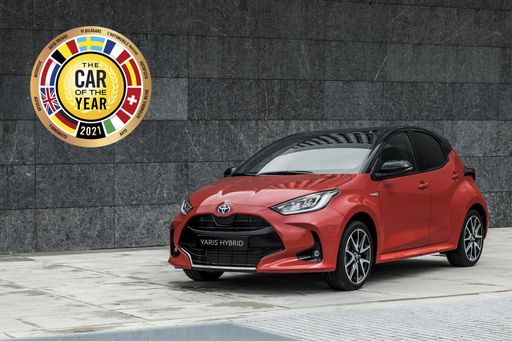 @ Toyota Motor Corporation
@ Toyota Motor Corporation
Toyota Yaris
Kia Picanto
The Kia Picanto is a compact city car that combines practicality with a stylish design, making it an appealing option for urban drivers. Its cleverly designed interior maximises space, providing ample room for passengers and luggage despite its small footprint. With its efficient fuel consumption and easy manoeuvrability, the Picanto is well-suited for navigating through bustling city streets.
details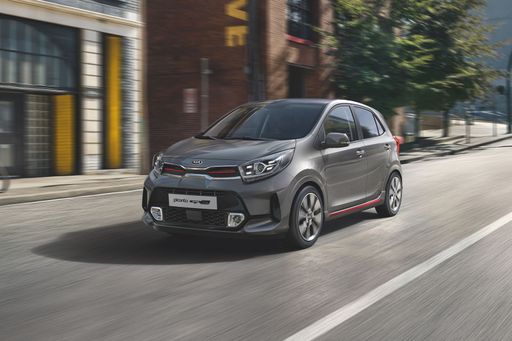 @ Kia Corporation
@ Kia Corporation
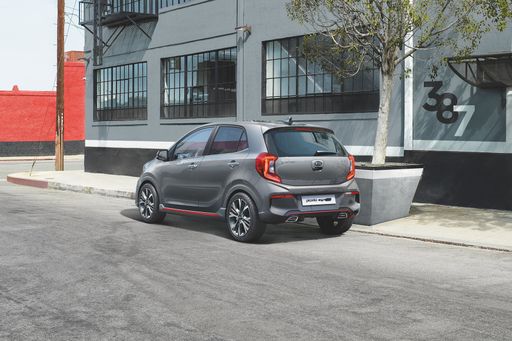 @ Kia Corporation
@ Kia Corporation
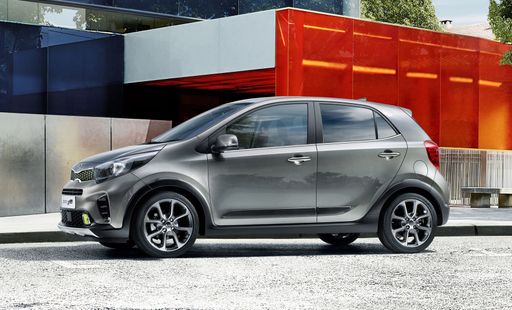 @ Kia Corporation
@ Kia Corporation
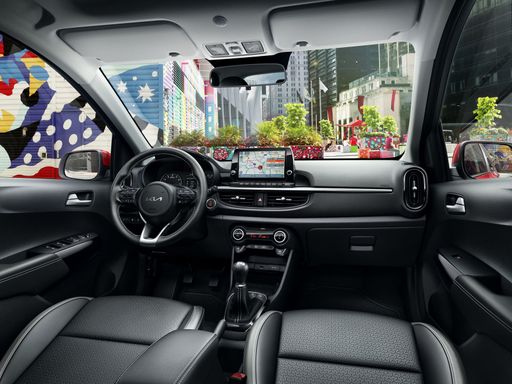 @ Kia Corporation
@ Kia Corporation
Toyota Yaris
The Toyota Yaris is a sprightly city hatch that packs clever packaging, surprising comfort and fuel-sipping manners into a neat, easy-to-park package. It rewards sensible buyers with low running costs, friendly ergonomics and a forgiving drive, delivered with Japanese reliability and just enough personality to make errands feel a little less ordinary.
details @ Toyota Motor Corporation
@ Toyota Motor Corporation
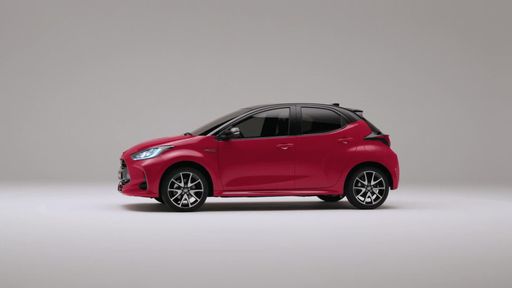 @ Toyota Motor Corporation
@ Toyota Motor Corporation
 @ Kia Corporation
@ Kia Corporation
|
 @ Toyota Motor Corporation
@ Toyota Motor Corporation
|
|
|
|
Costs and Consumption |
|
|---|---|
|
Price
15300 - 19300 £
|
Price
21900 - 46700 £
|
|
Consumption L/100km
5.6 - 5.9 L
|
Consumption L/100km
3.8 - 9.5 L
|
|
Consumption kWh/100km
-
|
Consumption kWh/100km
-
|
|
Electric Range
-
|
Electric Range
-
|
|
Battery Capacity
-
|
Battery Capacity
-
|
|
co2
127 - 135 g/km
|
co2
87 - 215 g/km
|
|
Fuel tank capacity
35 L
|
Fuel tank capacity
36 - 50 L
|
Dimensions and Body |
|
|---|---|
|
Body Type
Hatchback
|
Body Type
Hatchback
|
|
Seats
4 - 5
|
Seats
4 - 5
|
|
Doors
5
|
Doors
3 - 5
|
|
Curb weight
1124 - 1131 kg
|
Curb weight
1090 - 1356 kg
|
|
Trunk capacity
255 L
|
Trunk capacity
141 - 286 L
|
|
Length
3605 mm
|
Length
3940 - 3995 mm
|
|
Width
1595 mm
|
Width
1745 - 1805 mm
|
|
Height
1485 mm
|
Height
1455 - 1500 mm
|
|
Max trunk capacity
1010 L
|
Max trunk capacity
935 L
|
|
Payload
253 - 332 kg
|
Payload
289 - 525 kg
|
Engine and Performance |
|
|---|---|
|
Engine Type
Petrol
|
Engine Type
Full Hybrid, Petrol
|
|
Transmission
Manuel, Automatic
|
Transmission
Automatic, Manuel
|
|
Transmission Detail
Manual Gearbox, Automated Manual
|
Transmission Detail
CVT, Manual Gearbox, Automatic Gearbox
|
|
Drive Type
Front-Wheel Drive
|
Drive Type
Front-Wheel Drive, All-Wheel Drive
|
|
Power HP
68 HP
|
Power HP
116 - 280 HP
|
|
Acceleration 0-100km/h
14.6 - 17.2 s
|
Acceleration 0-100km/h
5.5 - 9.7 s
|
|
Max Speed
160 - 162 km/h
|
Max Speed
175 - 230 km/h
|
|
Torque
96 Nm
|
Torque
390 Nm
|
|
Number of Cylinders
3
|
Number of Cylinders
3
|
|
Power kW
50 kW
|
Power kW
85 - 206 kW
|
|
Engine capacity
998 cm3
|
Engine capacity
1490 - 1618 cm3
|
General |
|
|---|---|
|
Model Year
2025
|
Model Year
2024 - 2025
|
|
CO2 Efficiency Class
D
|
CO2 Efficiency Class
B, G
|
|
Brand
Kia
|
Brand
Toyota
|
What drive types are available for the Kia Picanto?
Available configurations include Front-Wheel Drive.
The prices and data displayed are estimates based on German list prices and may vary by country. This information is not legally binding.
